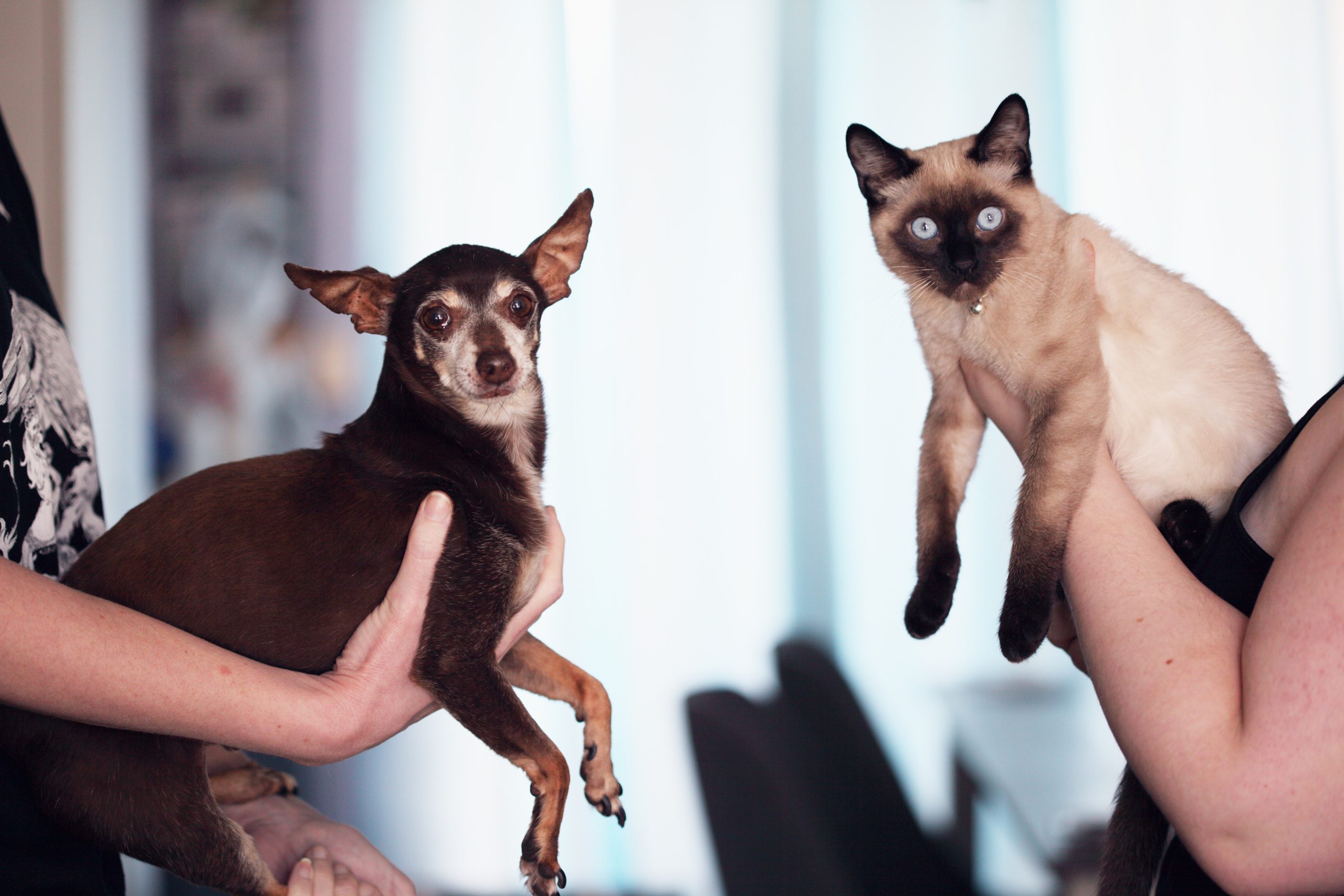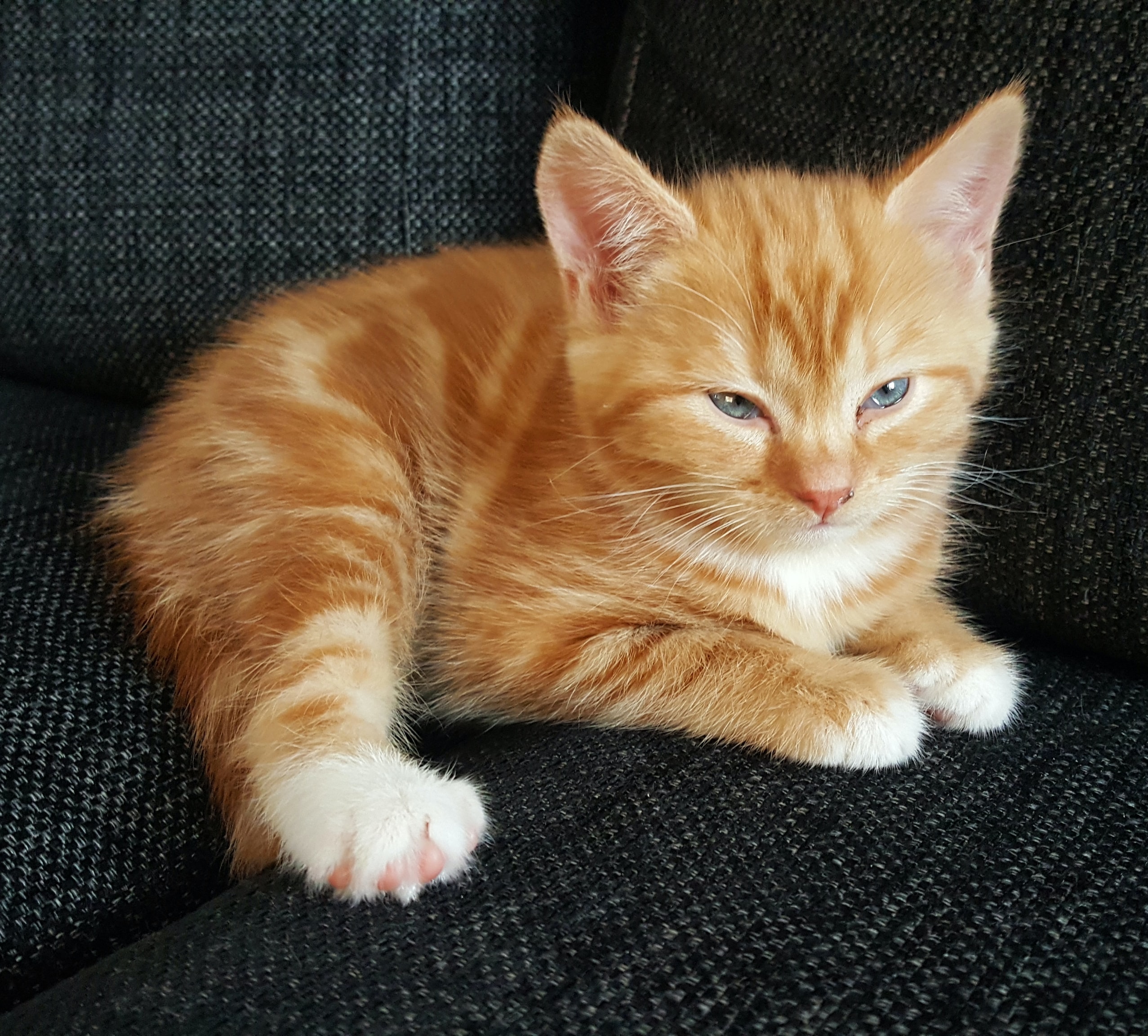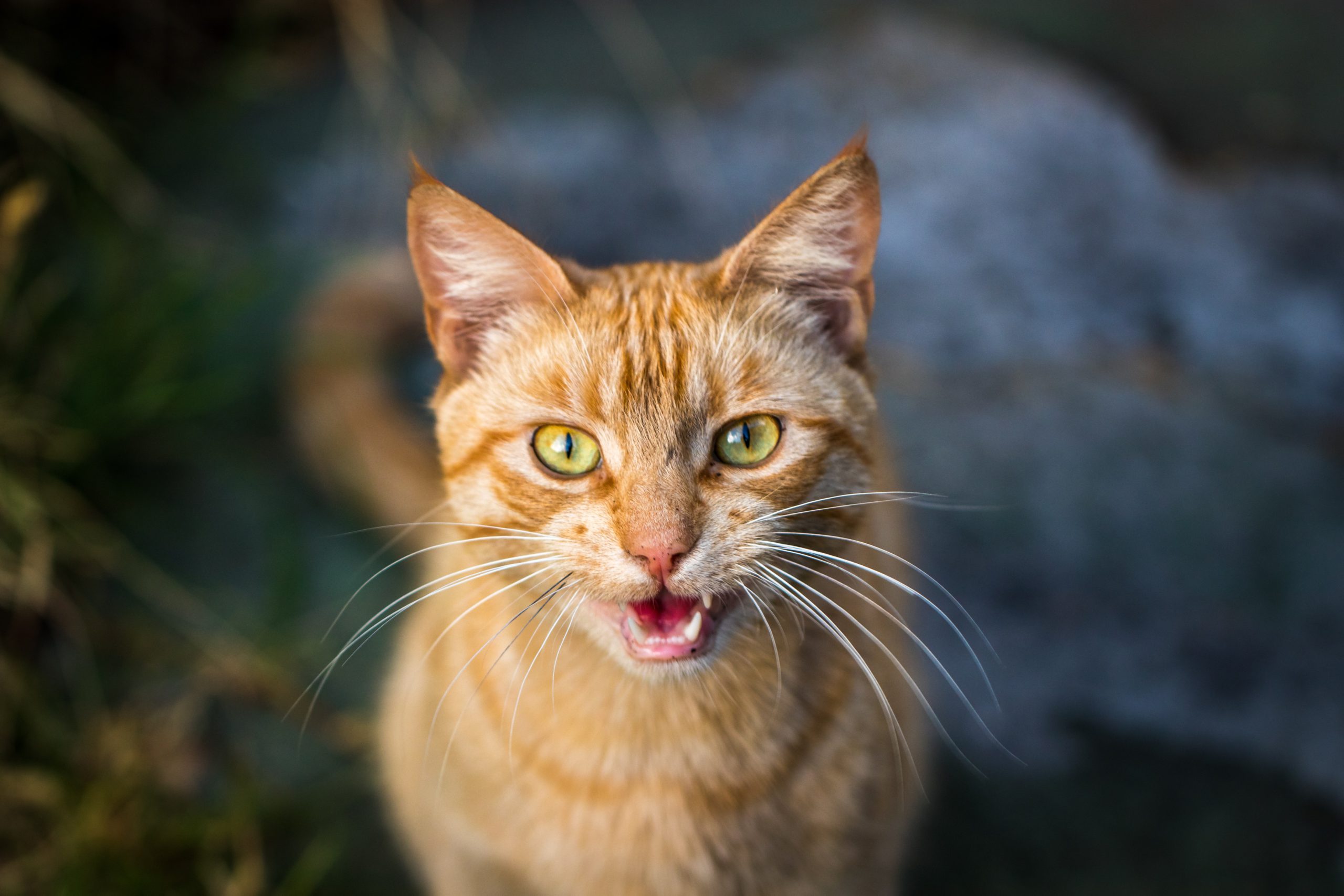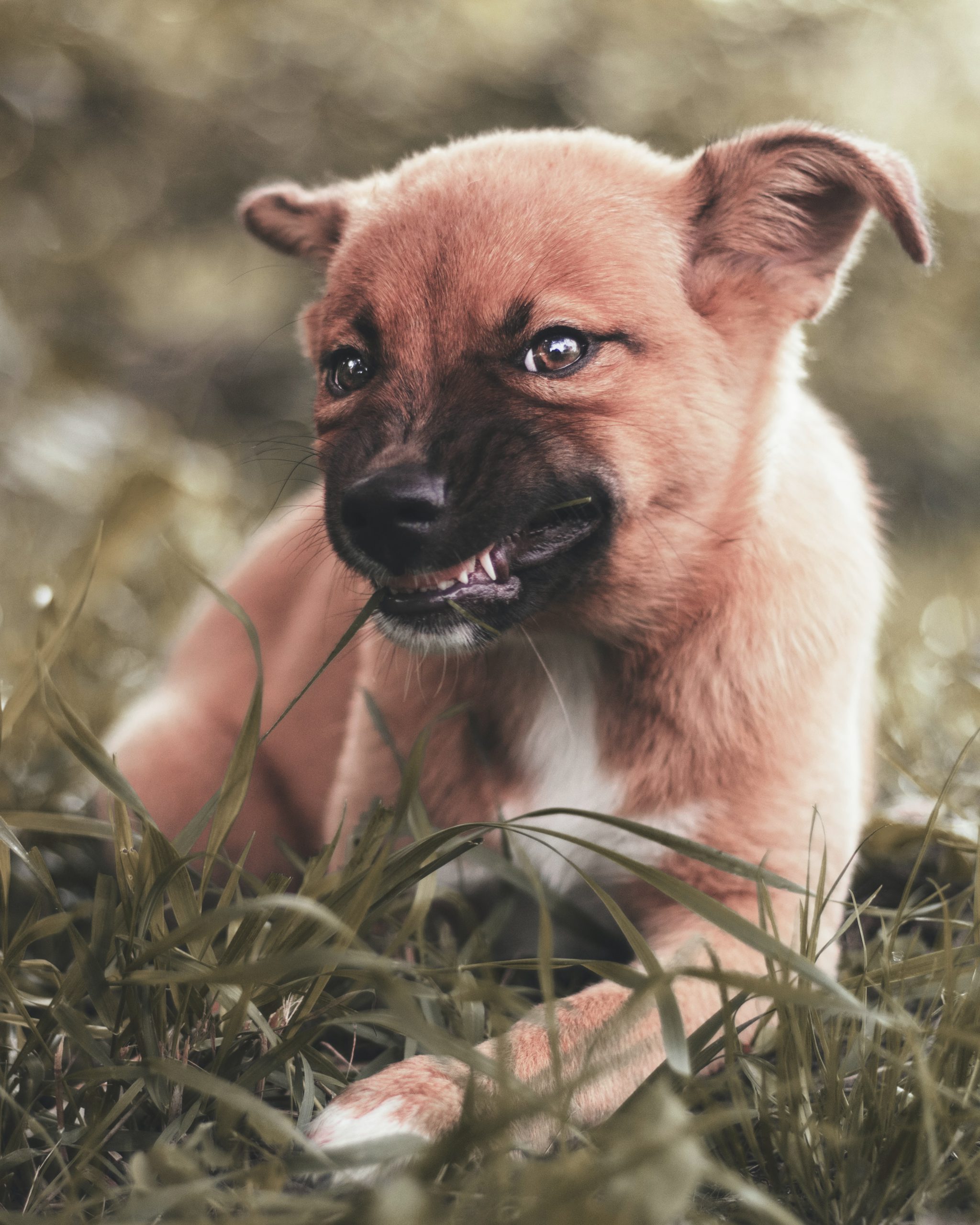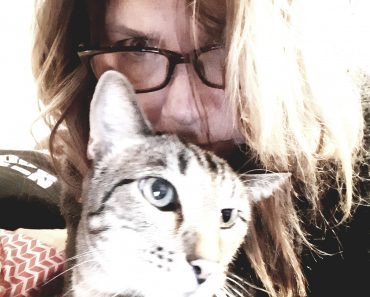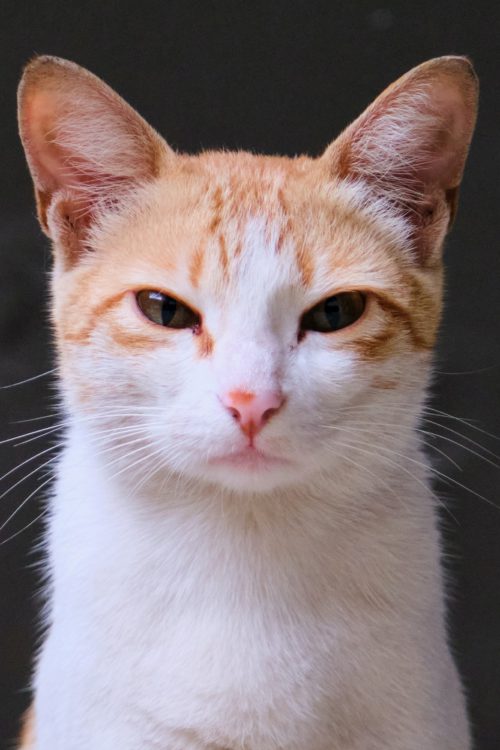
Top four common reasons my cat is staring at meTop four common reasons my cat is staring at me
January 12, 2022 0 Comments 04:46A cat or kitten will try to get your attention by staring deep into your eyes for a variety of reasons. They could be trying to tell you they are hungry, content, feeling curious, and most importantly that they love you. For cats, it is a form of communication. They[...]

